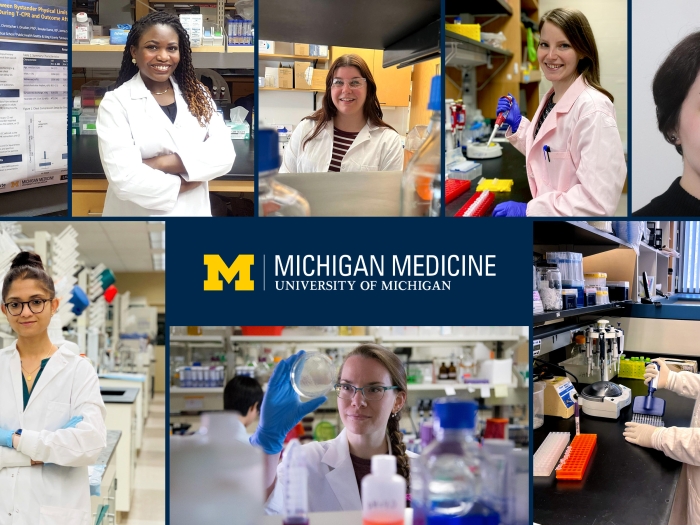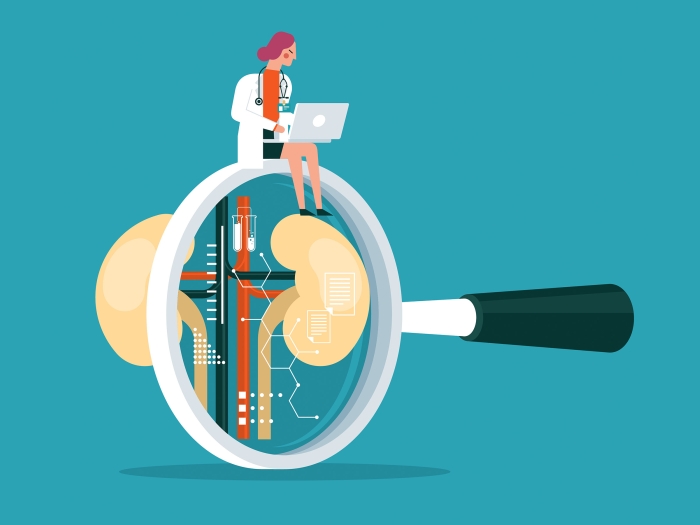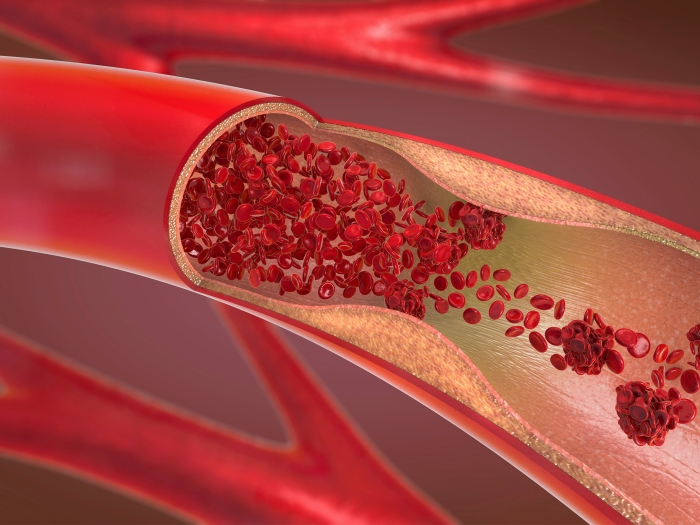Showing 61-73 of 73 results
Department News
BAB is a tall, quiet, and infatigable robot. BAB lives at the University of Michigan North Campus Research Complex, in Dr. Indika Rajapakse’s lab.

Health Lab
Early career researchers describe their professional journeys to help inspire women and girls pursue careers in science
Department News
Celebrating UN Day of International Women and Girls in Science
Department News
U-M Bioinformatics excels at CASP15
Department News
Why is there a Department of Computational Medicine and Bioinformatics at the U-M?
Department News
Kin Fai Au who joined DCMB on February 1, 2023, is cited in Nature Methods.

Department News
“From data to discovery” - Introducing Dr. Kin Fai Au and his lab members
Department News
CCMB affiliate faculty Jenna Wiens, PhD, receives a Sarah Goddard Power Award
Department News
Automated open-source program improves performance in creating high-fidelity stable folds for de novo protein design

Health Lab
The model identified AKI 48 hours in advance, allowing ample time for clinicians to intervene and provide treatment.
Department News
Welcome to Dr. Minji Kim, DCMB new Assistant Professor

Health Lab
Scientists link dozens of new genome sites to coronary artery disease risk and pioneer a powerful method for illuminating the biological roots of common disease.